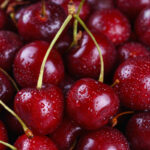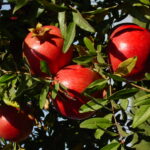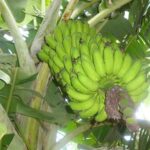NZ experts visit Chile to collaborate on stinkbug strategy
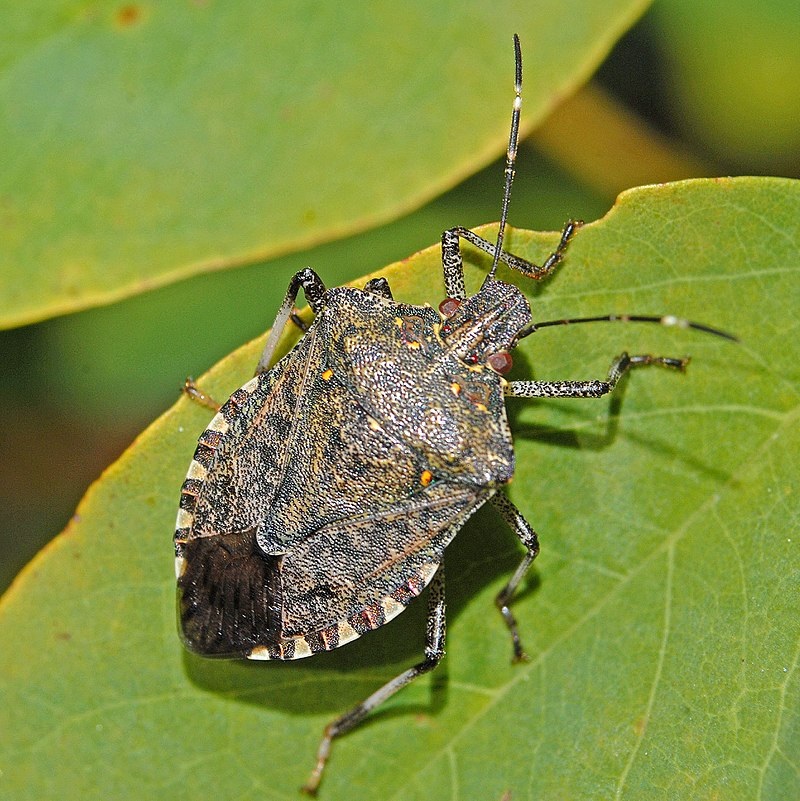
New Zealand government and industry are taking a proactive forward defense approach to the pest, which entered the Southern Hemisphere for the first time last year and has the potential to inflict billions of dollars' worth of damage on fruit crops.
A New Zealand delegation visited Chile recently to address the country's outbreak of brown marmorated stinkbug (BMSB), a pest with the potential to cause significant damages to a wide range of fruit and vegetable crops.
According to New Zealand Apples and Pears chief executive Alan Pollard, who chairs a stinkbug council through a Government Industry Agreement (GIA), an economic research consultancy estimated an incursion of the pest in New Zealand would cost the industry NZ$3-4 billion (US$2-2.75 billion).
"I think it’ll be more significant, because if you look at what it’s done in the United States it’s wiped out up to 90% of crops in various regions and they have to spray pretty intense pesticides to try and control it," he told Fresh Fruit Portal.
"That would shut us out of a lot of our markets because of residue levels, but even when they spray they’re still losing 20-30% of their production.
"And in New Zealand last year we found over 400 stink bugs at the border; most of them were dead thankfully, and the fact that they were found suggests that processes at the border are working really well. But it’s still a concern when we trade very heavily internationally."
He said New Zealand had taken a proactive approach to the pest through a work plan for readiness and response. Part of this involves rigorous controls for importing agricultural machinery, including fumigation at source and heat treatment when it arrives, but another aspect is learning from other countries' experiences.
"Chile's the first Southern Hemisphere country to have an incursion of stinkbug. It’s only in Santiago at the moment so it’s confined to urban areas, but because it travels so much the chance of it getting to rural areas is quite high," he said.
The outbreak
In a statement, a Chilean Agriculture and Livestock Service (SAG) spokesperson told Fresh Fruit Portal the outbreak was limited to the urban Santiago suburb of Quinta Normal, and so far it had not affected any agricultural crops.
"For the monitoring of this insect, black light traps and sticky traps are used with the use of attractants (pheromones)," the spokersperson said. 
"Since October, SAG in cooperation with the Government of New Zealand began installing these traps in the detected outbreak area and surroundings to determine its magnitude there and the risk areas throughout the country."
The representative highlighted key fruit crops that could be affected by the pest included blueberries, hazelnuts, cherries, apricots, peaches, nectarines, apples, pears and grapes, while in vegetables it could impact on chard, eggplant, broccoli, cauliflower, cabbage, asparagus, corn, beans, radish and tomatoes.
The spokesperson said the stinkbug nymphs and adults fed by biting into fruit, seeds, leaves and stems, leading to necrotic spots, deformations and discoloration.
"Achieving control of this pest has been a difficult task in the countries where it has been introduced. It does not respond well to all the products used and its susceptibility varies depending on the time and stage of the pest," the spokesperson said.
"Pesticides from groups such as organophosphates, pyrethroids and neonicotinoids have given good results. In the United States work is being done on the introduction of a biological parasite control."
Pollard was positive about the biological control option, mentioning the sumarai wasp as a possibility.
"The idea of a parasitic type scenario to control is a good one because obviously that’s a natural predator, a very tiny wasp, and we’re certainly looking at alternative treatments to pesticides," he said.
NZ delegation visit to Chile
In a statement, New Zealand Ministry for Primary Industries (MPI) Response Manager and subject matter expert on BMSB, Dr. Catherine Duthie, said collaboration with Chile came about after the country's authorities reached out asking for advice and help in managing the pest. 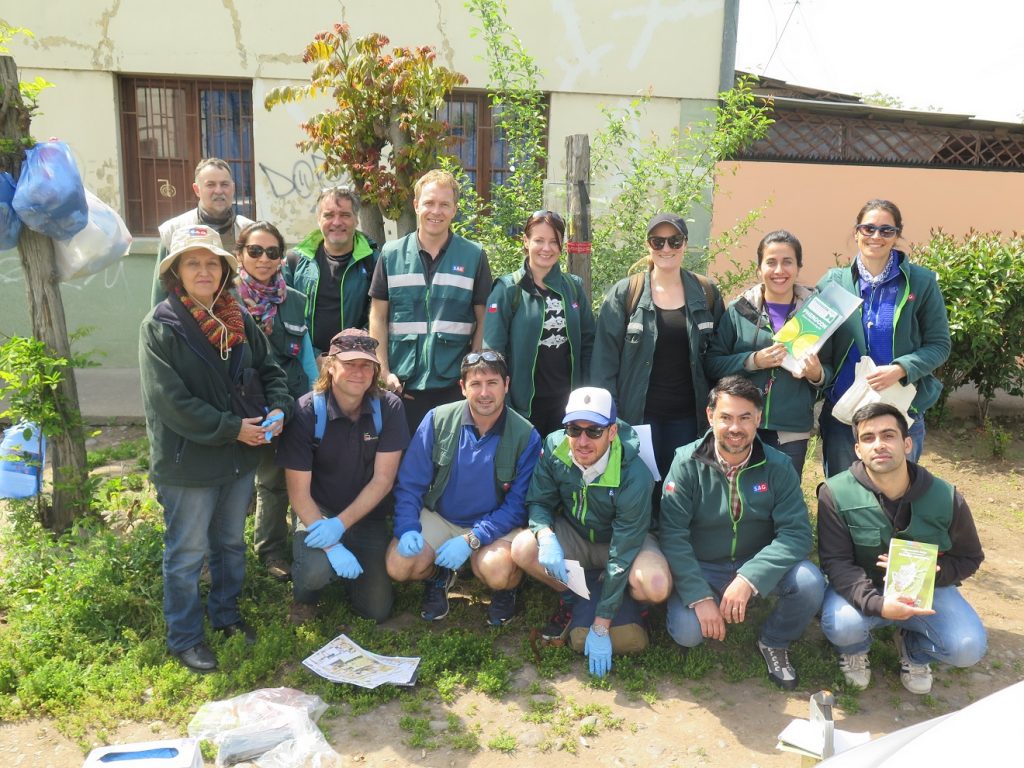
"The Chileans recognize that while New Zealand does not have the BMSB, it has done some seven years of readiness work for the event of an incursion and has developed a wealth of knowledge in collaboration with international experts," Duthie said.
"Because Chile has been working with the USDA (United States Department of Agriculture) and because they are in the early stages of a BMSB detection, the MPI team felt a visit to Chile would provide a good opportunity to learn about the early stages of a response and gain first-hand experience of how we would respond if it arrived here."
The delegation included a team of seven people from MPI, NZ Wine, Kiwifruit Vine Health, Horticulture New Zealand and Plant and Food Research.
Duthie suggested the visit to the wider team as a way to observe the stink bug in a situation where it was still at relatively low density, make connections with industry and government contacts in Chile, while also taking the opportunity to try out surveillance traps and determine how well they will work with low numbers of bugs.
"It’s also the first time the insect has been found in the southern hemisphere so it is closer to what we could experience in a New Zealand incursion," she said. 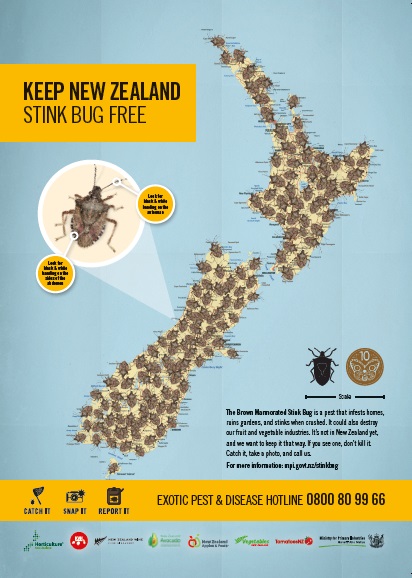
"Chile has quite an active biosecurity system and the insect was found through a member of the public reporting it to Chile’s agricultural department. Chile is also similar to New Zealand in that it is a large exporter of kiwifruit, grapes, apples and wine.
"In Chile, they have found a relatively small number of stink bugs but there are multiple life stages of the insect. It has been found in an urban environment – a suburb of Santiago quite close to the city center."
She said the team set up surveillance traps and SAG will carry out ongoing monitoring.
"The traps were developed by the US Department of Agriculture as part of a research project commissioned by MPI and comprise a pheromone lure attached to a sticky trap," she said.
"They will remain out over the spring and upcoming summer. Currently the insects are still over-wintering – which is where they lie dormant inside buildings.
"They are expected to emerge in the coming weeks and the traps will then be put to the test. The traps are known to perform in areas where there is a high density of insects, but this is the first test of them in a low density situation."
She added the new USDA-developed traps were somewhat of a “number 8 wire” option – they are a cheaper version of the existing traps for BMSB which are comparatively expensive.
"If they work well, there is the potential for a full surveillance programme for the BMSB in New Zealand, similar to the one run for fruit flies. It could also be used in the event of a detection here to help establish how widespread the insect population is.
"BMSB poses a very significant threat to horticulture and winemaking. It is estimated the damage of an incursion in New Zealand could reach billions of dollars.
"This insect pest eats everything – including kiwifruit, apples, wine grapes, stone fruit and vegetables. There are, as yet, no truly effective control tools for it."
She added there had also been significant work around public education with an extensive advertising program encouraging people to report suspected bug sightings to MPI.
















